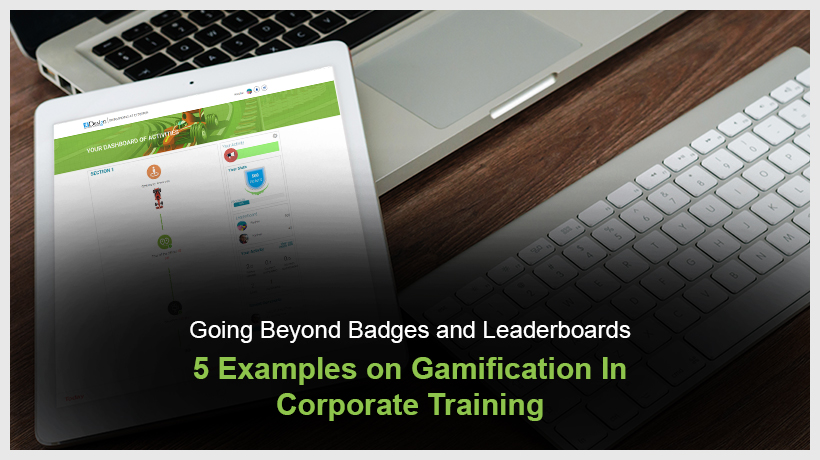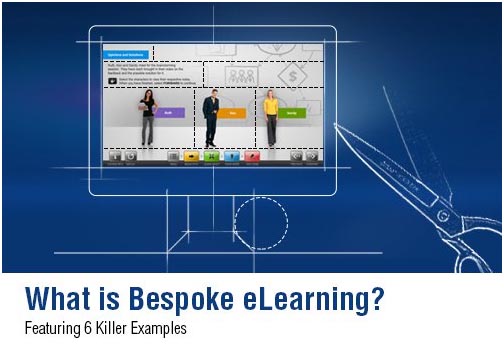
The pandemic’s impact on organizations dramatically changed the way companies manage their talent, from relying on more virtual collaboration and meeting tools, to replacing in-person training with digital content and interactions. One aspect of the talent lifecycle completely turned on its head is the onboarding process. Suddenly, companies were unable to bring people into the office for interviews or orientations. Many new hires over the past two years have never set foot in the buildings of the companies for whom they work.
At least when the current workforce became remote, companies already knew who they were and how to support them. In today’s hybrid environment, it can be incredibly challenging to assimilate new workers and acclimate them into the company culture when their entire involvement is remote. One of the traditional keystones of onboarding was the shared experience of new hires going through the process together — in person. Now, companies may not even have insight into the technology and infrastructure available to their new hires.
Despite many changes to onboarding in the current environment, the one constant is that the goal is as much to help new employees develop connections, contextualize their jobs and adopt culture and values as it is to get them up to speed. Because the onboarding process must start the business and the employee off on the right foot, companies should pay extra attention to how they provide learning experiences during the onboarding process in this new hybrid work environment.
Brandon Hall Group Smartchoice Preferred Provider EI has taken its expertise in creating learning strategies and programs to guide organizations through the process of onboarding remote workers. They lay out strategies for ensuring new hires are engaged, as well as up and running in a timely manner. They do this by:
- Starting engagement before the employees’ first day or in preboarding
- Enhancing the onboarding experience for the hybrid workforce by designing journeys
- Connecting onboarding and ongoing learning, creating continuity after the onboarding process
- Creating highly immersive, engaging and sticky learning experiences.
The place most companies start is shifting their previously in-person programs into something virtual. It is not as simple as lifting and shifting, however. EI recommends either a blend of virtual ILT sessions and online learning or a fully online, self-paced approach. The benefit of the blended approach is that there is still a sense of connectivity and comradery. However, an on-demand approach may make sense, especially for smaller groups of learners if time is of the essence. The key in either scenario is providing an engaging and immersive induction process.
Another recommendation is the use of gamification elements. Brandon Hall Group’s Strategic Onboarding Study found that among companies that leveraged games during onboarding, 44% said their new hire attrition rate was under 10%. For companies that do not use games, that number is only 29%.
EI helps companies develop games that include progress tracking, clearly defined rules, a graduated scale of challenges, meaningful rewards and recognition of accomplishments. These elements are what make a gamified onboarding experience successful.
Brandon Hall Group research also finds that companies where the learning approach is having a strong, positive impact on time-to-productivity are far more likely to use a variety of learning modalities, especially more informal and personalized learning. This is the approach that EI helps its clients build. Their recipe for learning that has this kind of impact includes:
- Training based on SMART goals
- Personalized training
- Blended learning
- Mobile learning
- Microlearning
- Social learning
- Virtual and augmented reality
- Videos – passive and interactive
As companies make their way through The Great Resignation in the wake of the pandemic, they must prepare for the wave of onboarding that will occur on the other side. Knowing that many workers will either want or have to stay remote will change how companies approach onboarding new talent. But those changes can lead to a better experience for the learners and better results for the business.
–David Wentworth, Principal Analyst, Brandon Hall Group



